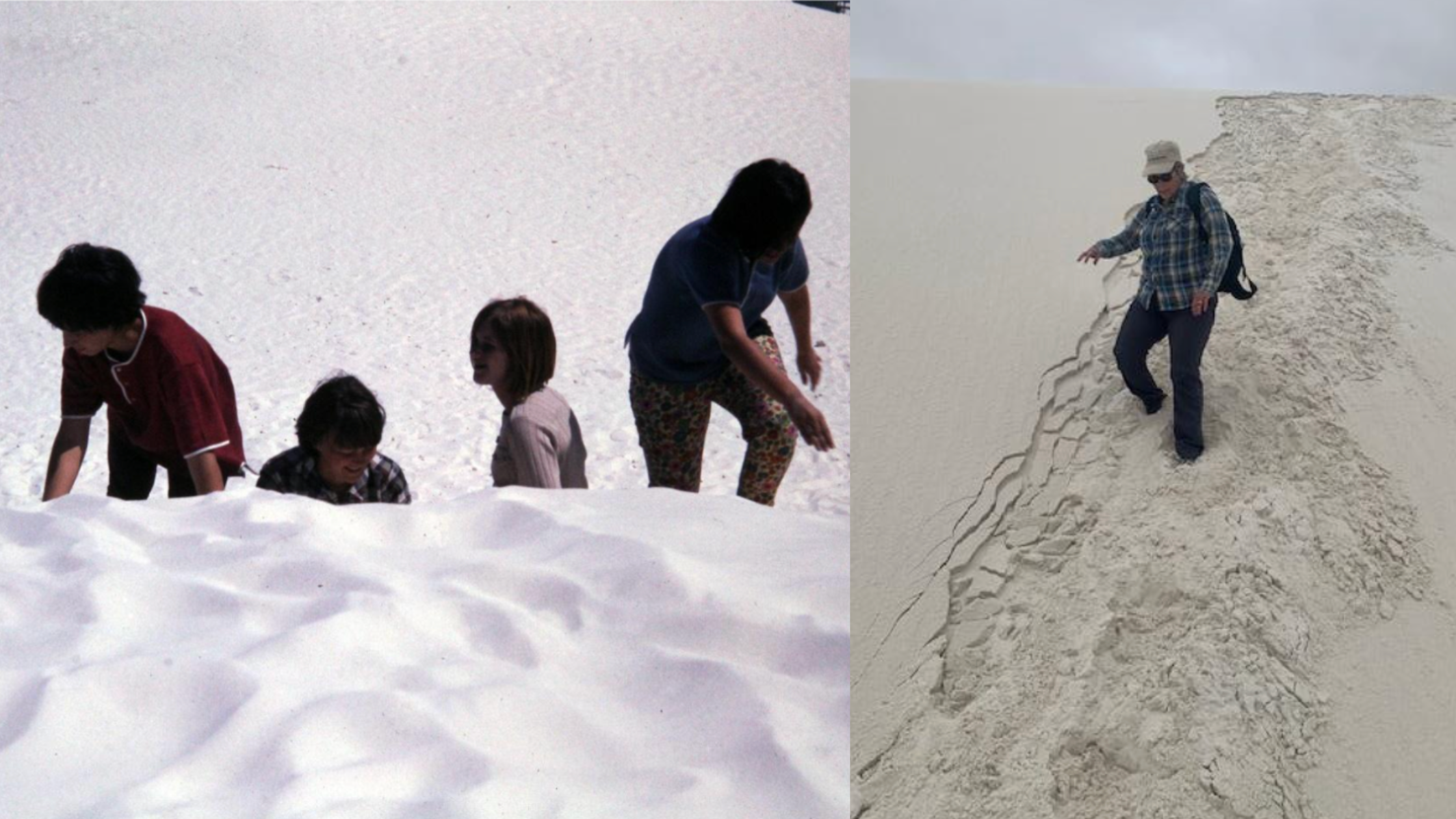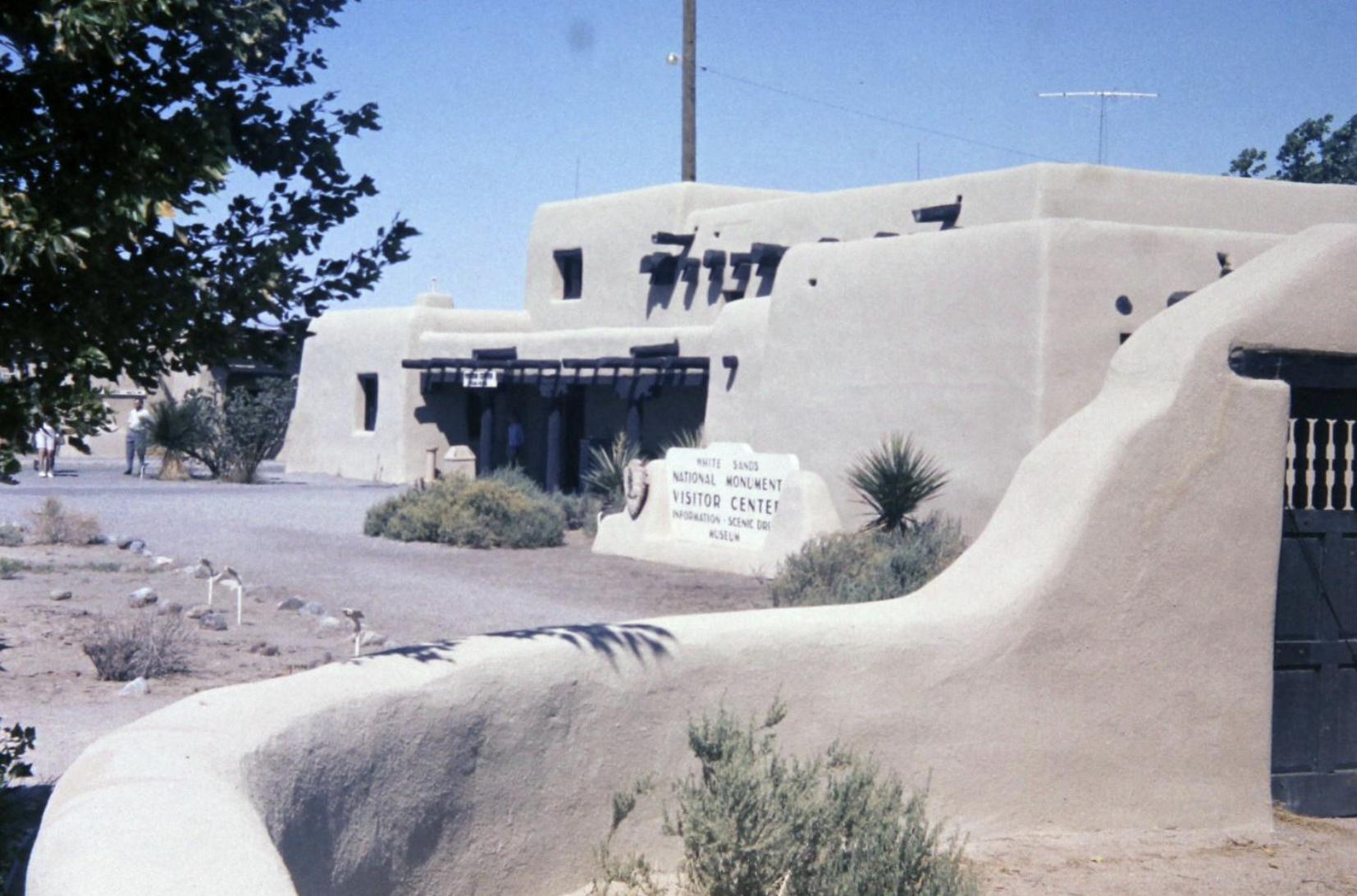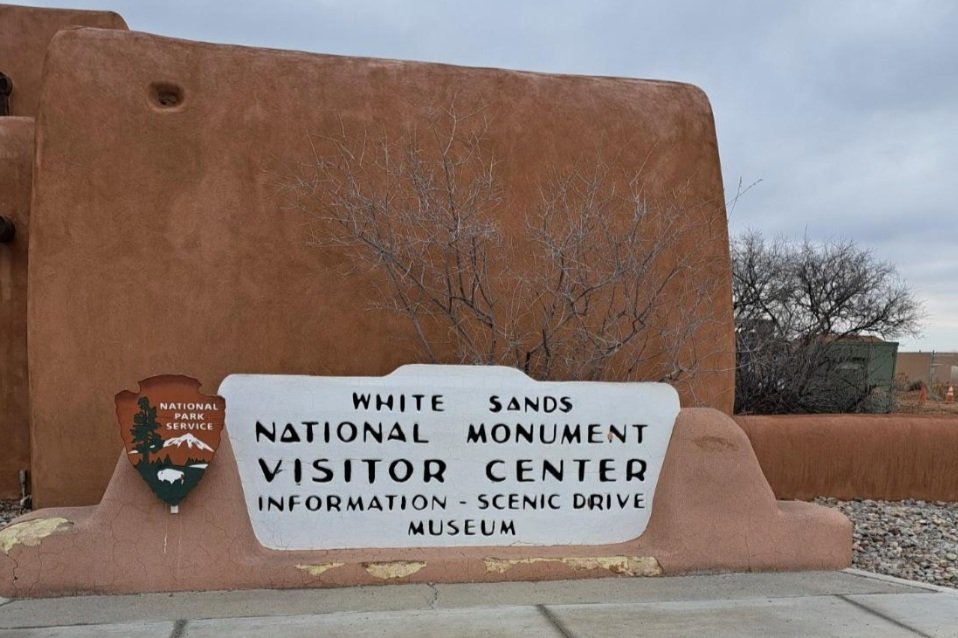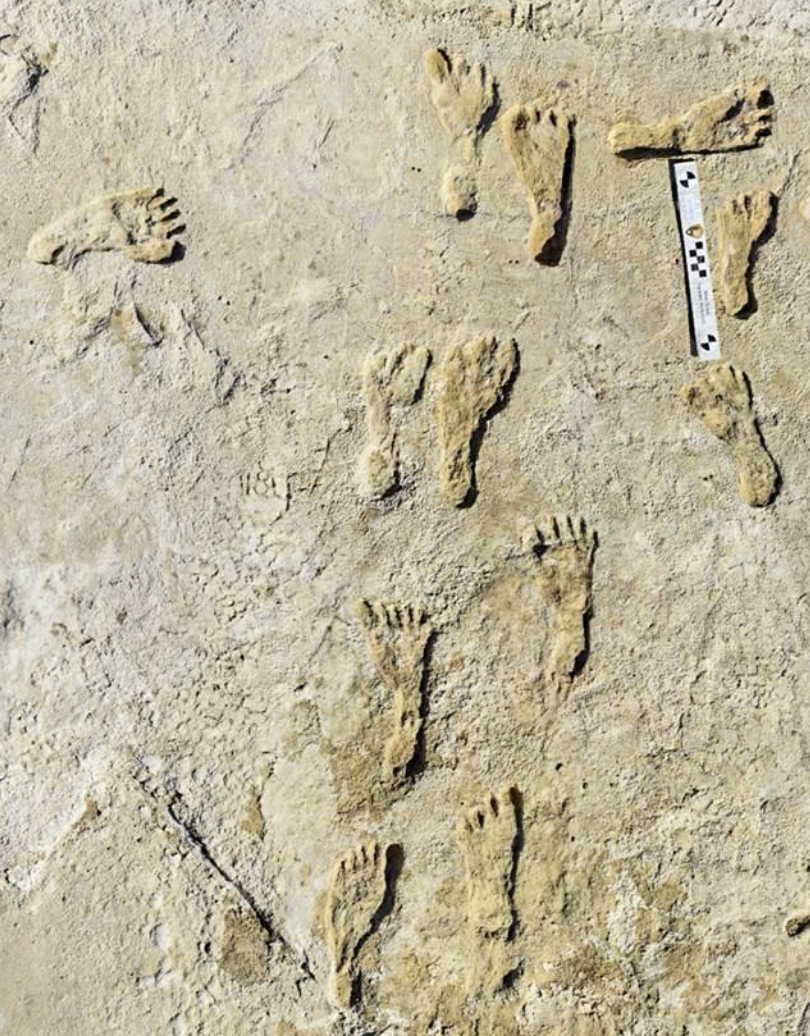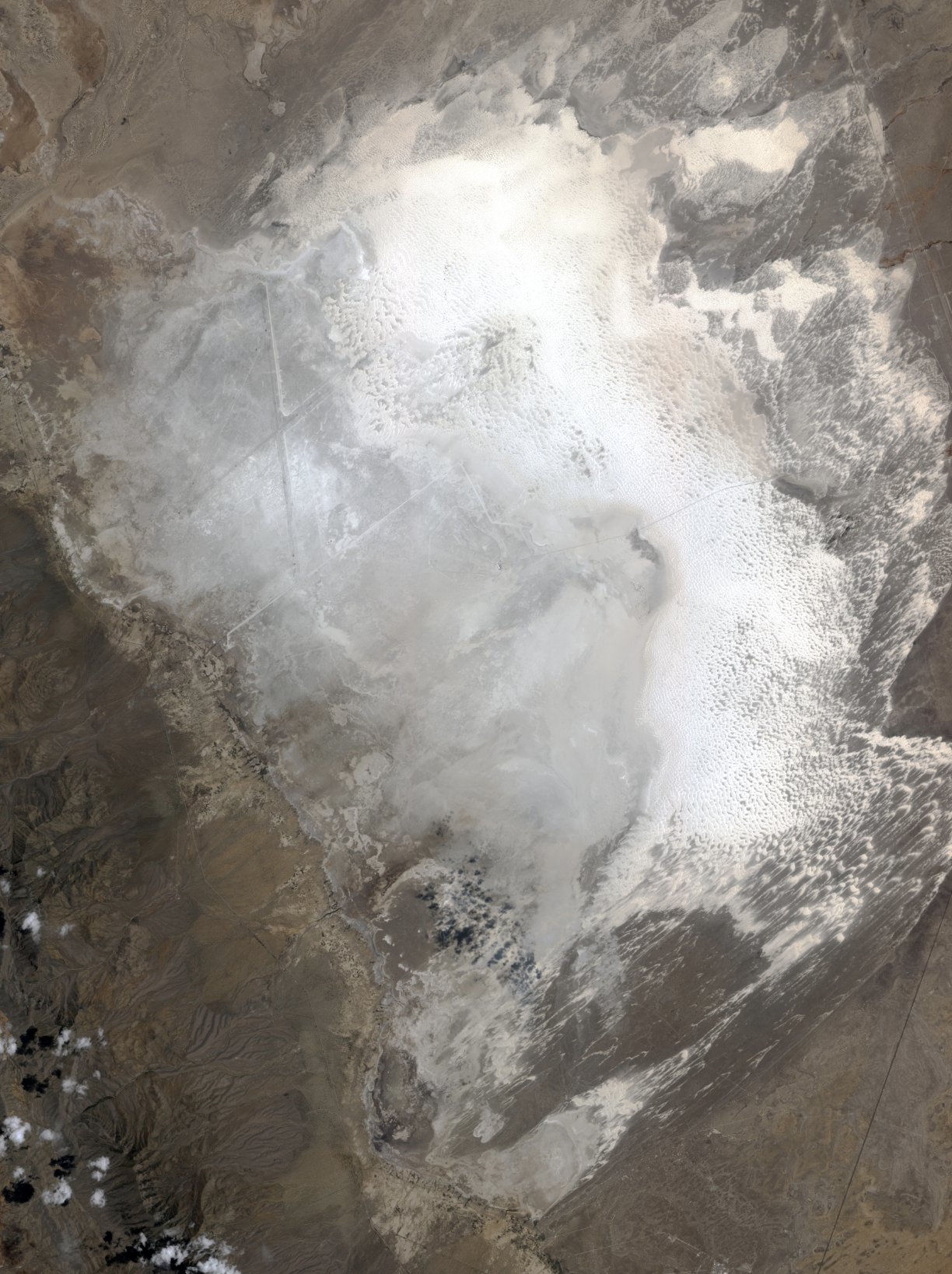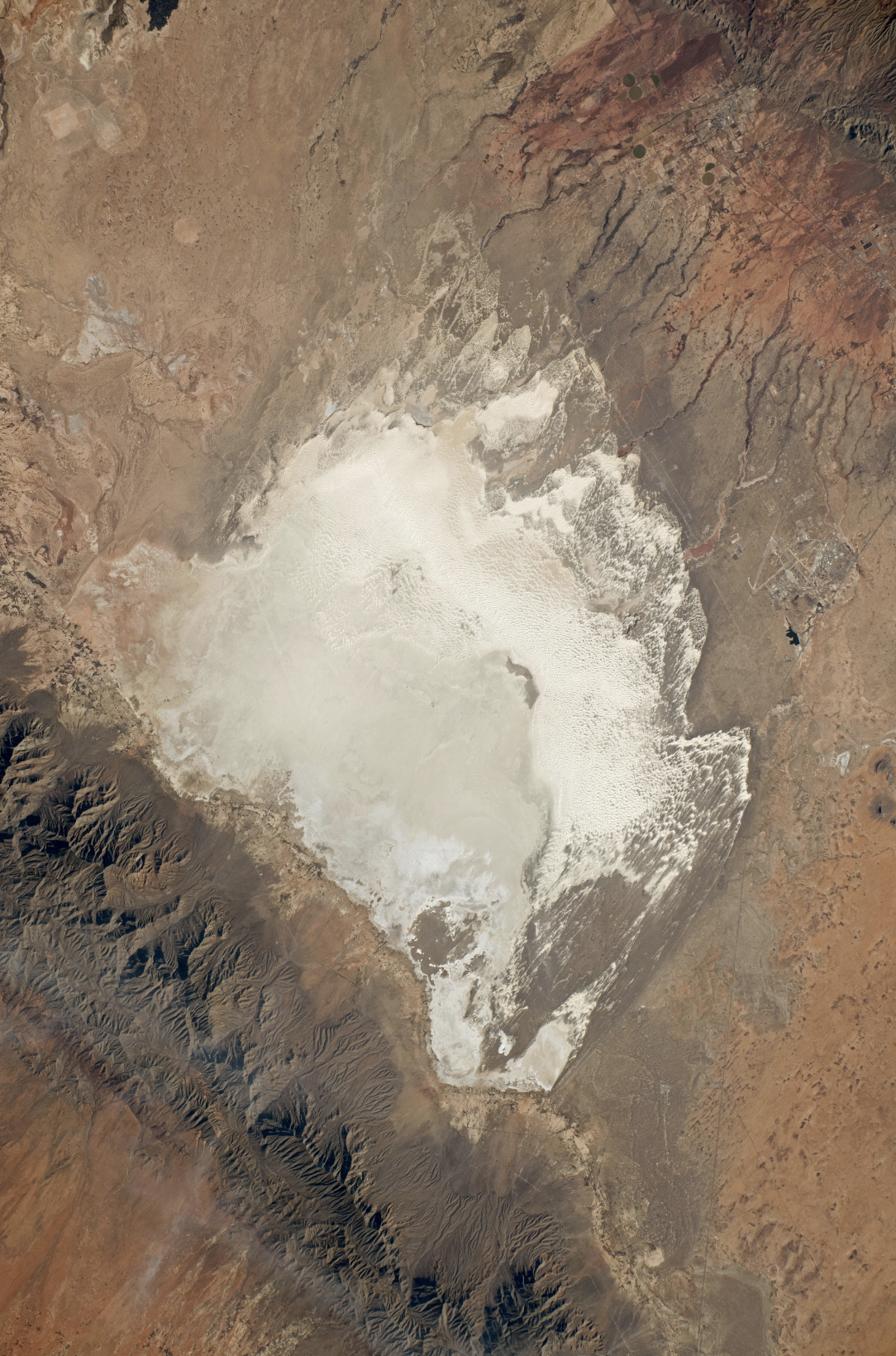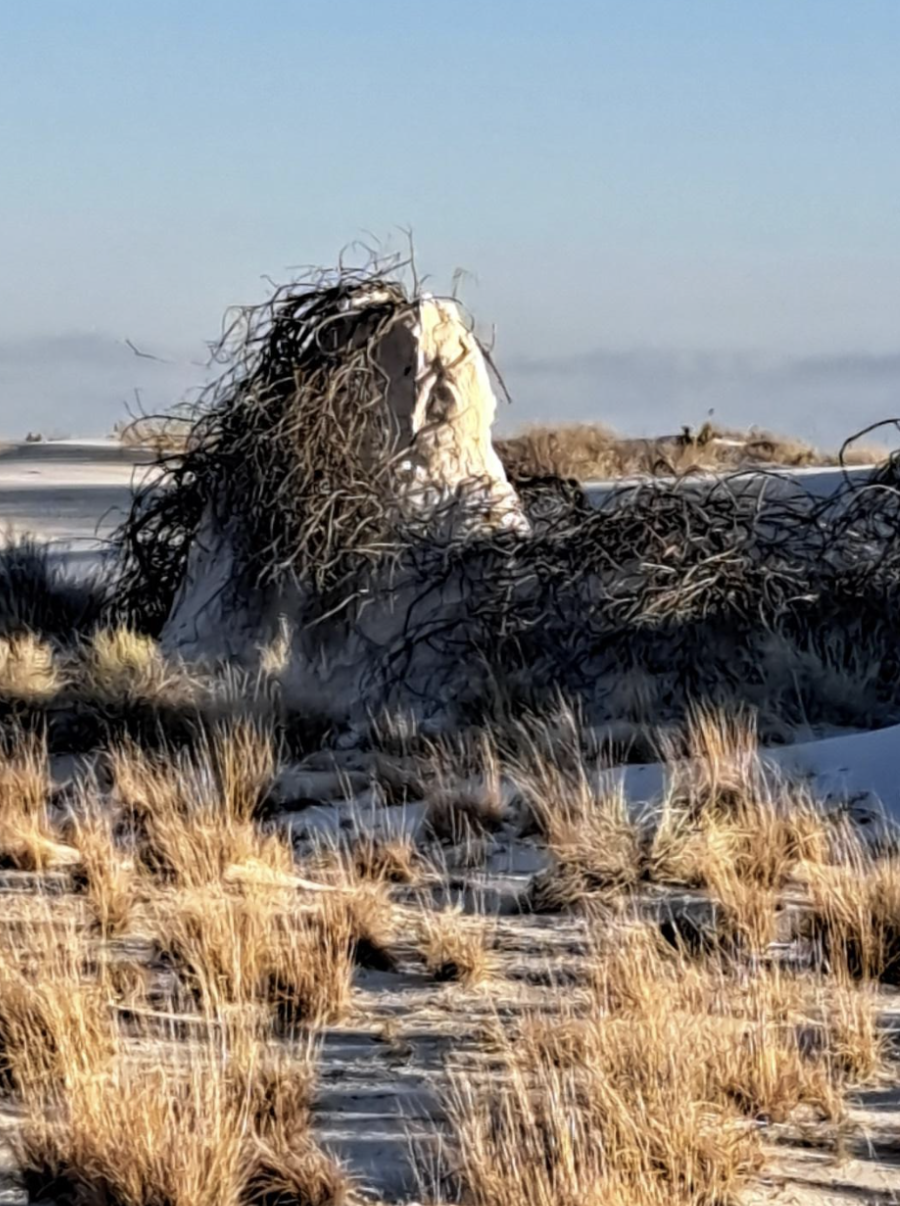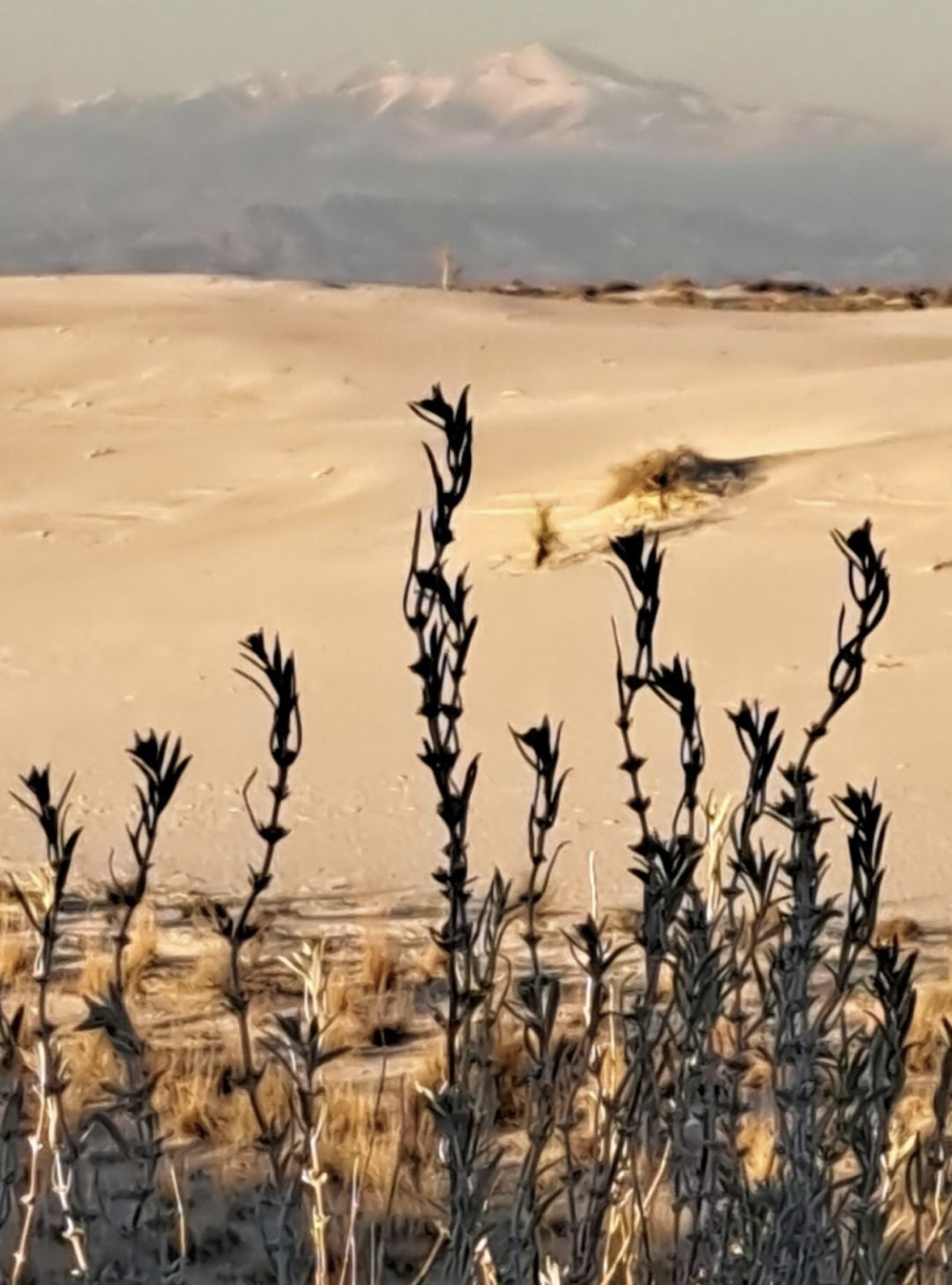Two Visits, Decades Apart: White Sands, 1965 & 2024
Explore America's diverse natural wonders. Did you know that the United States is home to an incredible 63 national parks? One of the newest additions, designated in 2020, is the stunning New River Gorge National Park and Preserve in West Virginia. But just before that, another gem joined the ranks: White Sands National Park in mesmerizing New Mexico.
In December 2019, President Donald J. Trump signed the National Defense Authorization Act for Fiscal Year 2020, which brought about significant changes, including renaming White Sands National Monument to White Sands National Park. But don't be fooled into thinking White Sands is a newcomer. Its story stretches far back before this recent change. It all began on January 18, 1933, when President Herbert Hoover designated it as a national monument. So, White Sands was a part of our landscape for a long time, well before it earned its national park status.
Here's a fascinating tidbit for you jeopardy buffs: did you know that Herbert Hoover's Vice-President was Charles Curtis, a member of the Kaw nation? Curtis holds the distinction of being the first person of color elected to the vice presidency.
In 1965, my family embarked on a camping trip that took us through several national parks, including Carlsbad Caverns. During our journey, we made a stop at White Sands National Monument, and I was captivated by its unique charm. Fast forward fifty-nine years later, I had the chance to revisit the area, now designated as a National Park. It was a nostalgic experience, reminiscing about the past while appreciating the enduring beauty of White Sands. Here's a moment worth cherishing, reminding us to value the rich history and the stunning natural beauty that envelops us.
Seeing the Visitors Center in 1965 and returning to it in 2023, virtually unchanged, with the same familiar sign, was incredibly reassuring. It felt like stepping back in time, reconnecting with fond memories while embracing the enduring essence of the place. Despite the transition from White Sands National Monument to White Sands National Park, the timeless charm remained intact—a true testament to its classic allure.
February 2024
I really admire the inside of the Visitor Center. The architect, Lyle E. Bennett, got inspired by mission churches and Native American pueblos around here. That's why you'll notice some Spanish influences mixed with the flat-roofed style of the pueblos. If you climb the staircase to the upper landing, it feels kind of like going up to a choir loft in a church, which adds a nice touch to the design.
A Day at White Sands National Monument 1965
Back in 1965, when my family and I, along with two other families, visited White Sands, it felt like a giant playground to me. Essentially, it was just one enormous sandbox waiting to be explored and enjoyed.
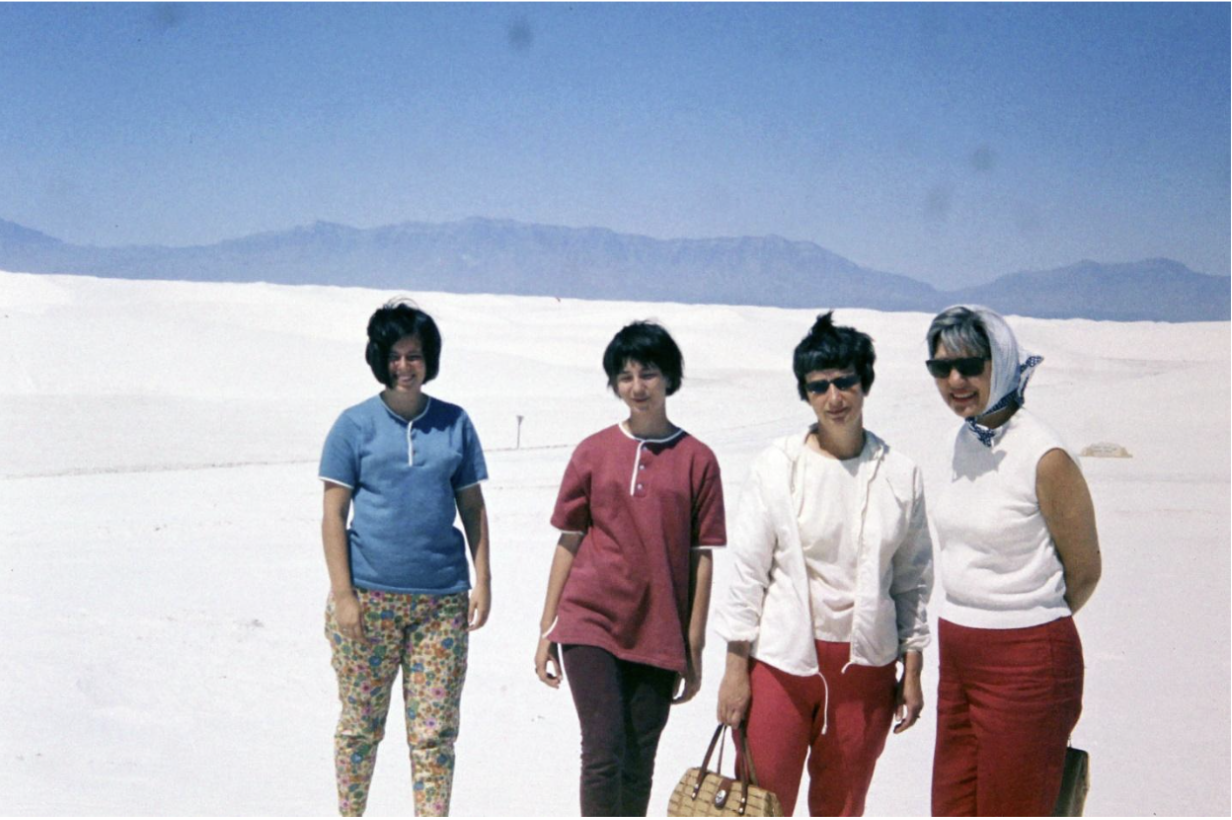
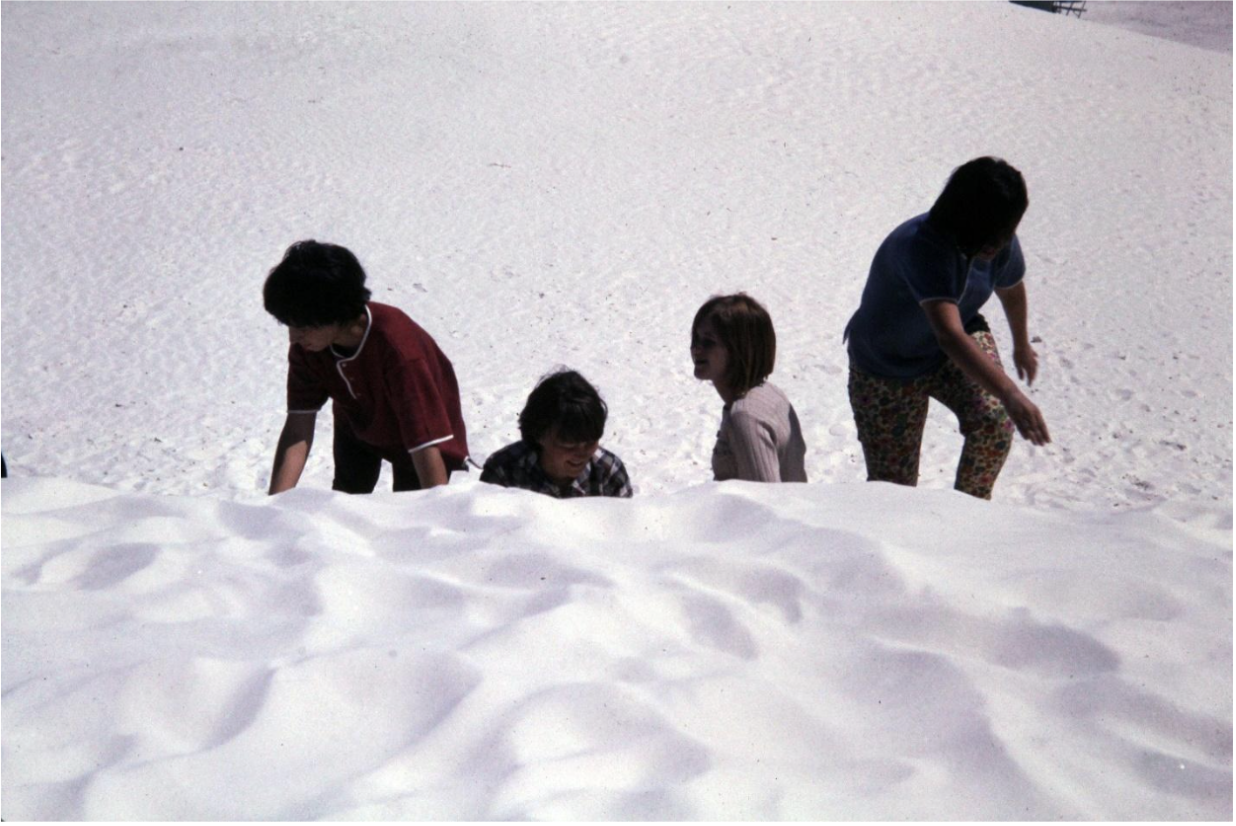
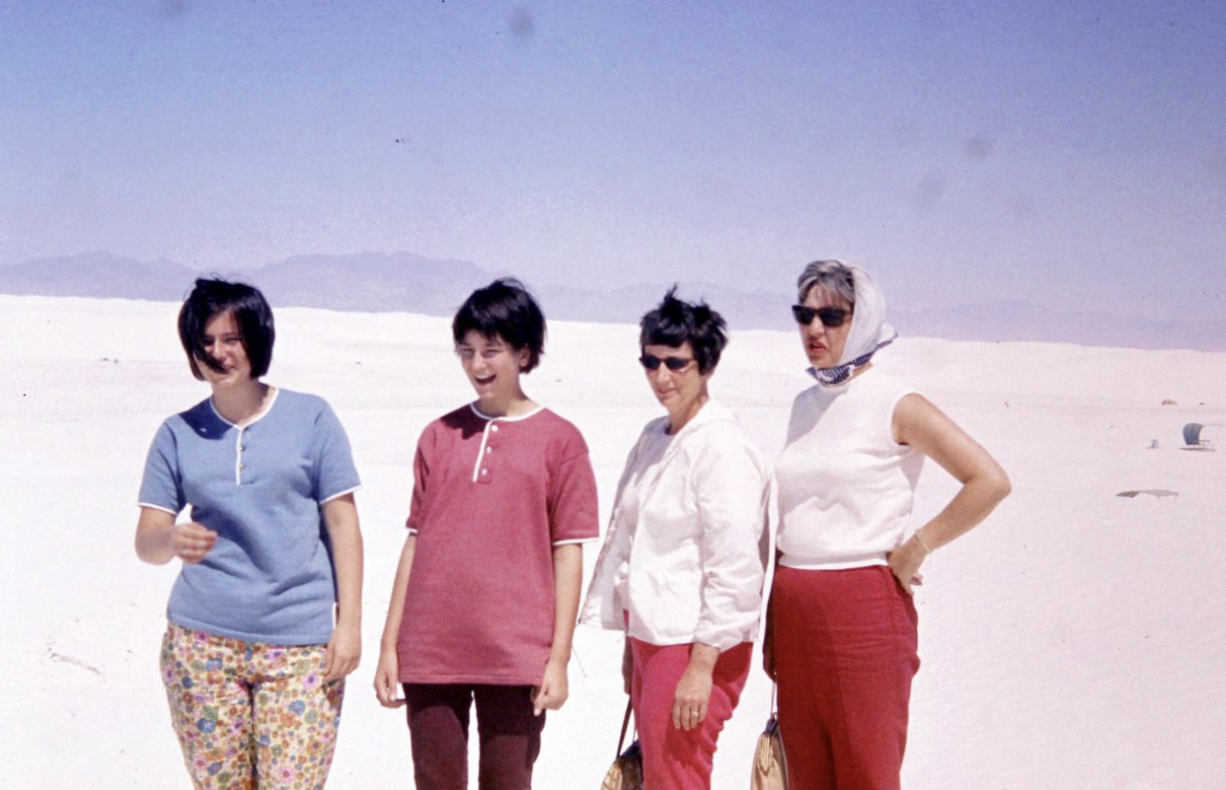
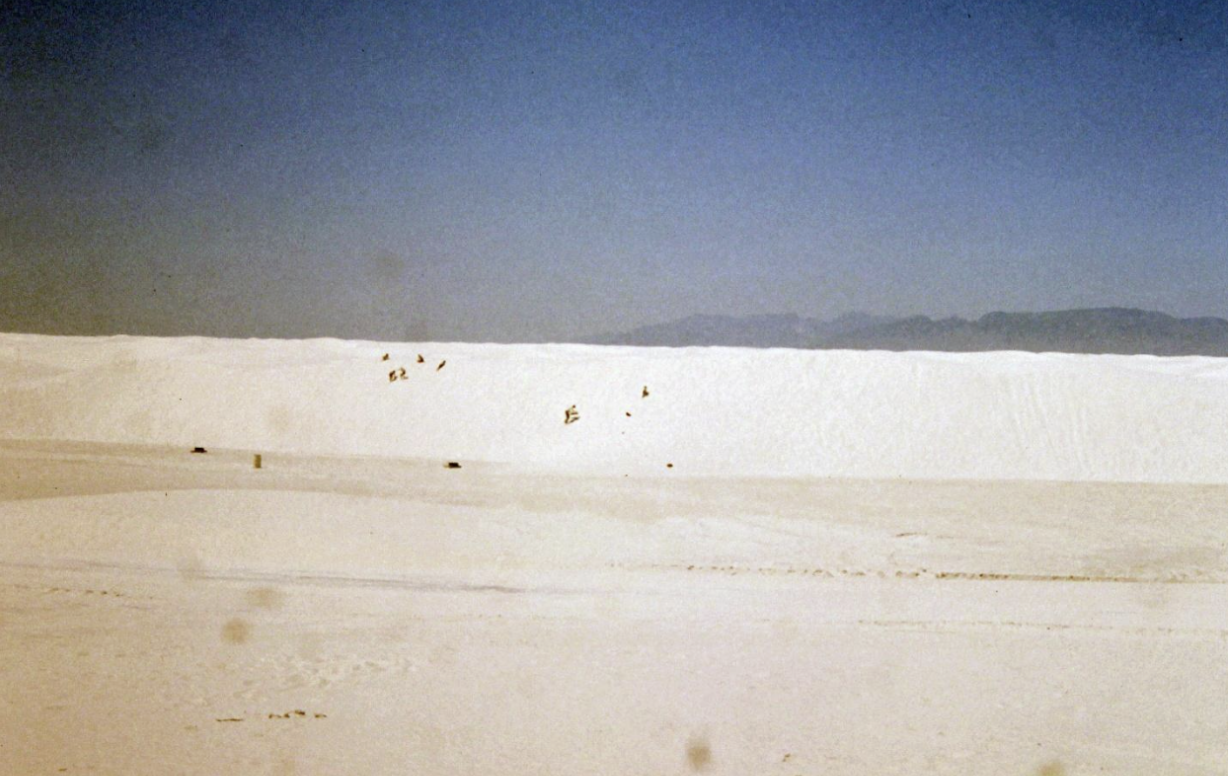
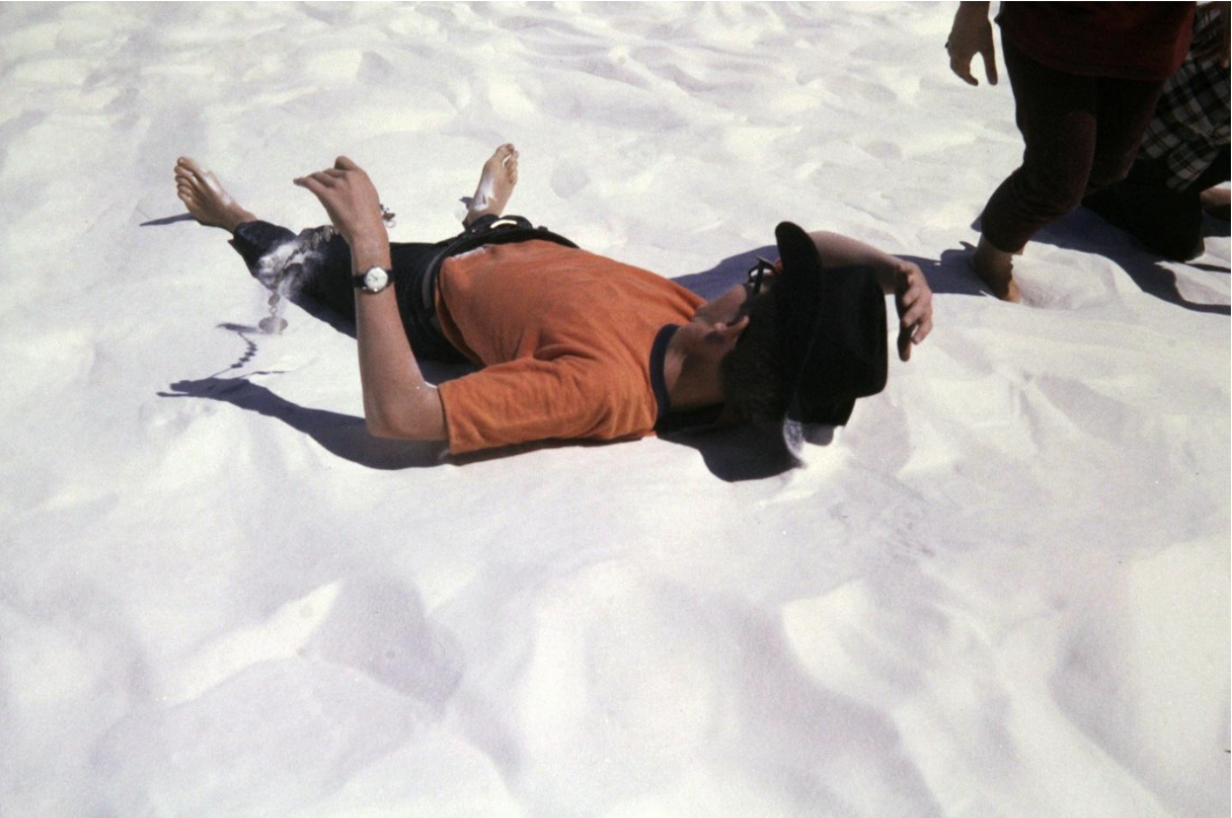
As I returned to White Sands in 2024, fifty-nine years after my initial visit, I couldn't help but notice changes - either within the landscape or within myself. Reflecting on this experience, I'm reminded of T. S. Eliot's poignant words from his poem "Little Gidding":
"And the end of all our exploring Will be to arrive where we started And know the place for the first time."
In this essay, I delve beyond the surface of the sand, exploring five essential aspects of White Sands National Park that should never be missed:
The unique hiking experience offered by the gypsum terrain.
The tranquility of a picnic amidst the shifting dunes.
The enduring allure that has drawn humans to this site for generations.
The awe-inspiring view of White Sands visible even from space.
The remarkable adaptability of the plant life that thrives in this seemingly harsh environment.
Hiking The Gypsum Terrain
White Sands National Park is home to the world's largest gypsum dune field, which makes it a prime destination for hikers. During our five-mile trek through this remarkable landscape, the powdery sand beneath our feet added a playful element to the experience. As my husband and I navigated up and down the dunes, the laughter ensued, making the adventure all the more delightful.
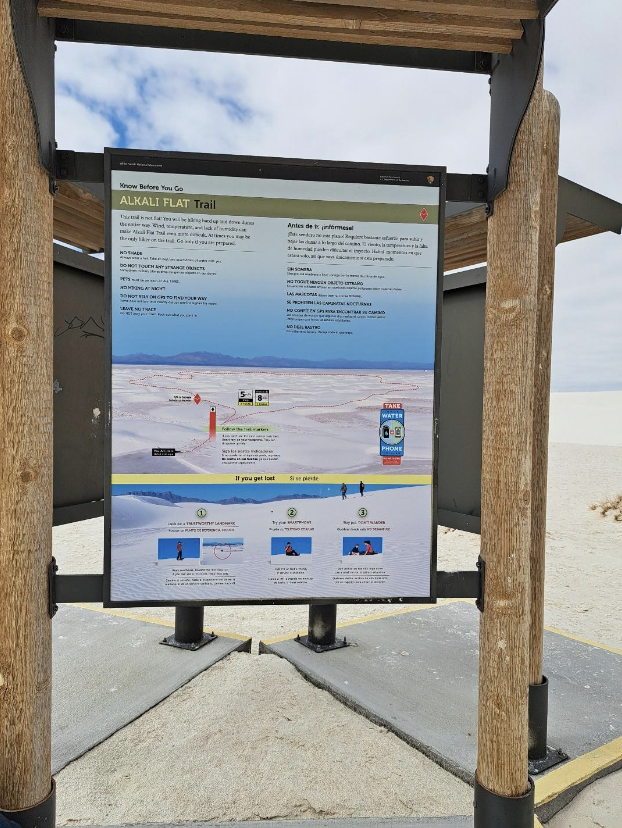
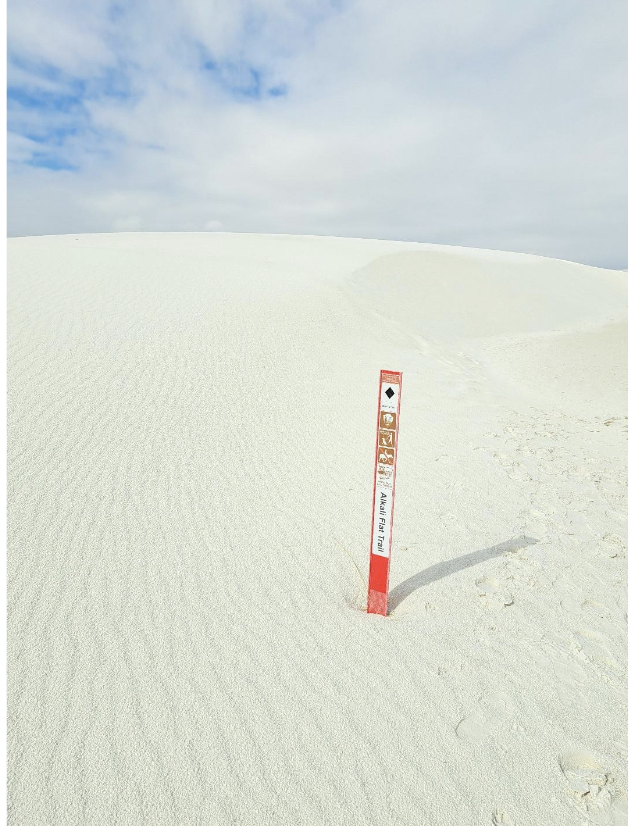
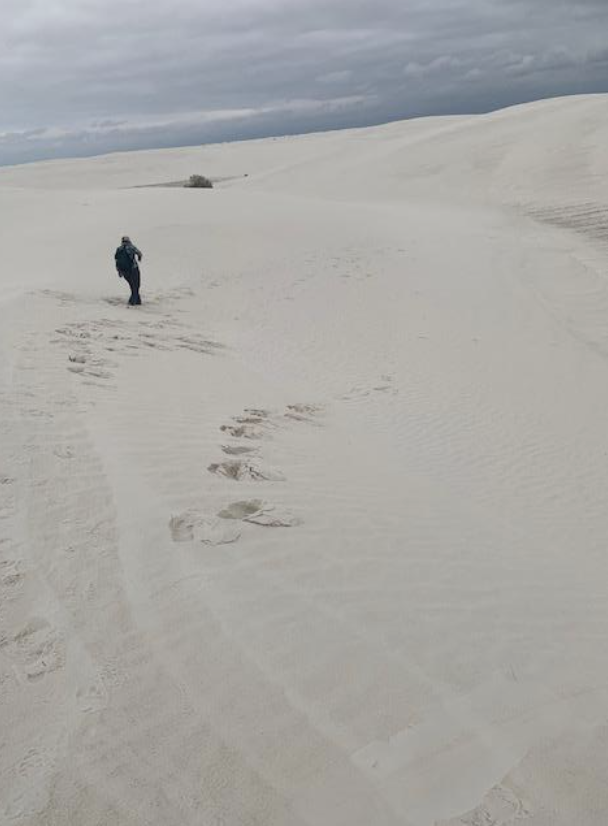
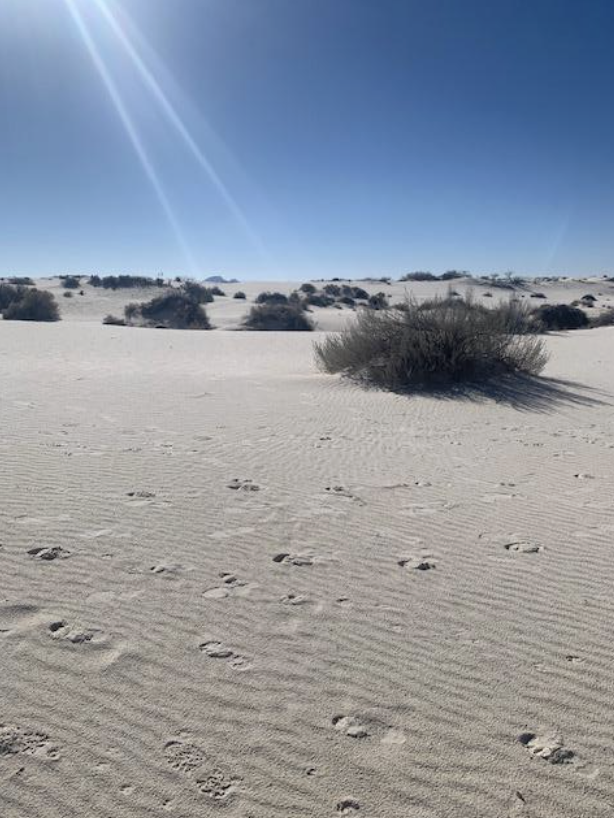
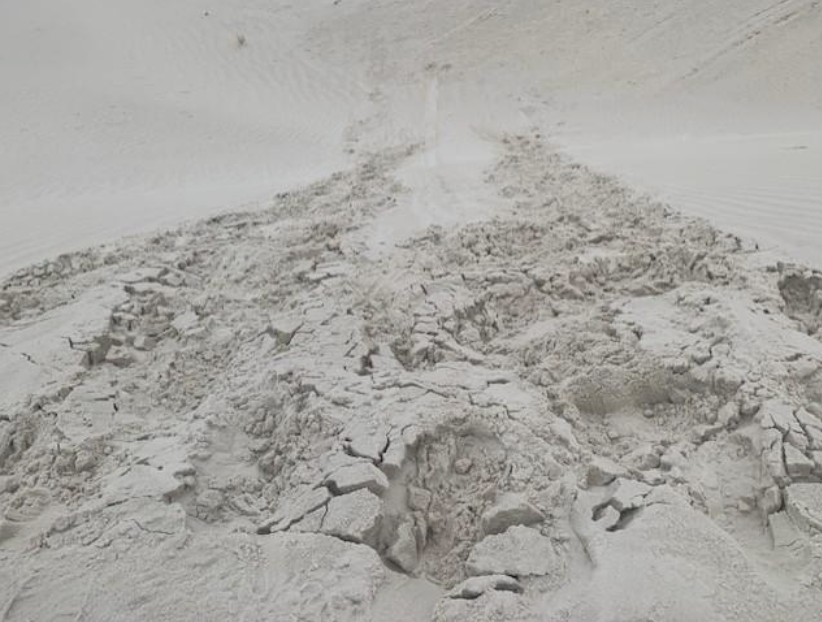
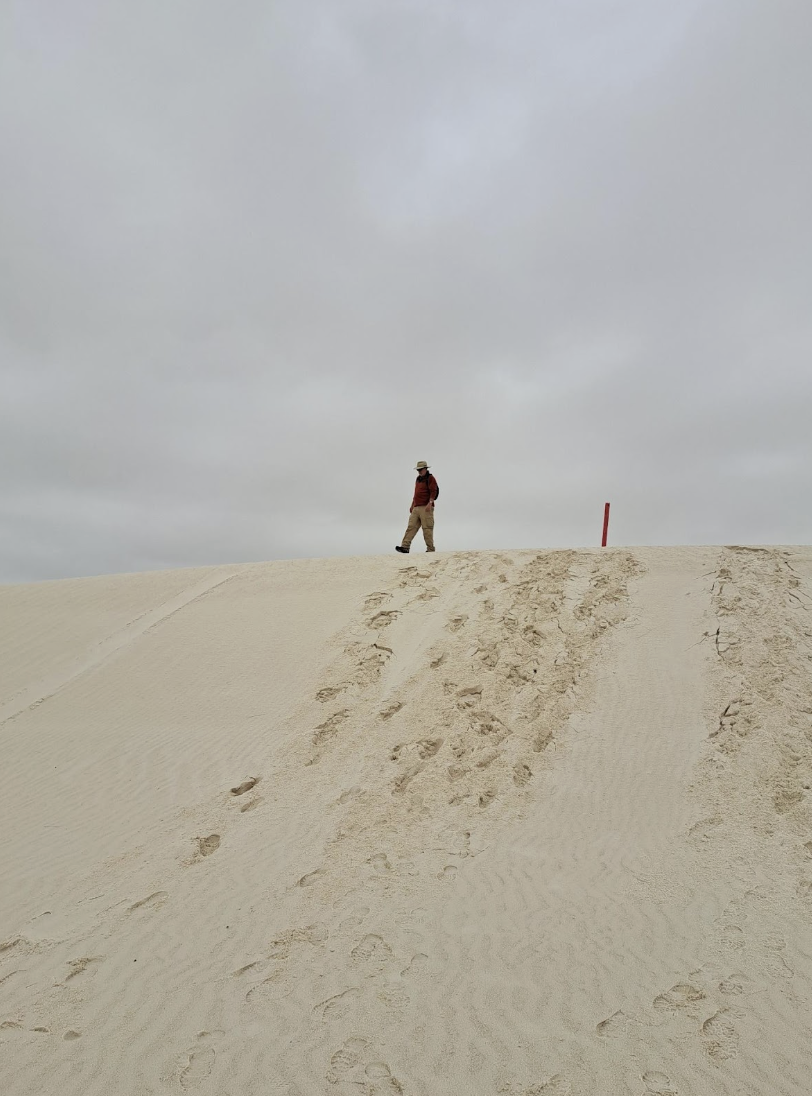
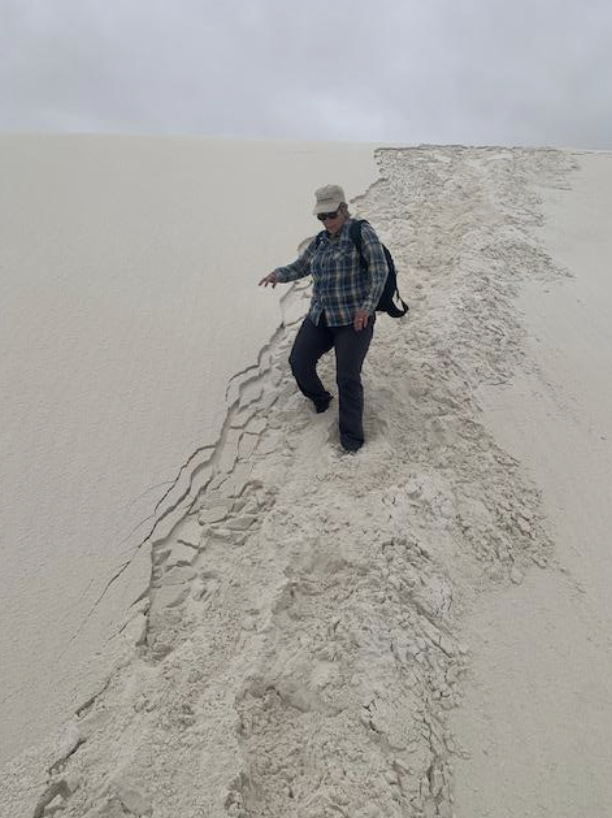
Human Attraction Legacy
As a 13-year-old, White Sands seemed like a playground, but now, in my 70s, I see it as a window into human evolution. Recently, ancient footprints, believed to be the oldest in North America, were unearthed in White Sands National Park, New Mexico. These tracks, estimated to be 23,000 years old, offer valuable insights into the early human presence in the region. Prior to this discovery, scientists had long assumed that humans arrived in the Americas around 11,000 to 13,000 years ago, based on findings associated with the Clovis culture, such as stone spears found throughout North America. However, the presence of these ancient footprints challenges previous beliefs and opens new avenues for understanding the timeline of human migration and settlement in the Americas.
For more information, visit https://www.nps.gov/whsa/learn/nature/fossilized-footprints.htm
The tracks found at White Sands National Park tell the story of a long walk, more than a mile each way, which makes it the longest path made by people in the Late Pleistocene era. An adolescent or small adult woman made two trips, separated by a few hours, while carrying a young child in at least one direction. Even though giant ground sloths and Columbian mammoths crossed their path between the trips, the human footprints didn't change, which suggests they weren't worried about predators. However, the giant ground sloth tracks show signs that they were aware of potential threats from humans, while mammoth tracks don't show any concern about humans being around. I read Bennett, Matthew R., David Bustos, Daniel Odess, Tommy M. Urban, Jens N. Lallensack, Marcin Budka, Vincent L. Santucci, et al. "Walking in Mud: Remarkable Pleistocene Human Trackways from White Sands National Park (New Mexico)." Quaternary Science Reviews 249 (2020/12/01/ 2020): 106610. https://doi.org/https://doi.org/10.1016/j.quascirev.2020.106610. https://www.sciencedirect.com/science/article/pii/S0277379120305722.
Footprints have long fascinated humanity, serving as tangible connections to our past. In Daniel Defoe's "Robinson Crusoe," encountering footprints in the sand evokes fear of the unknown, underscoring our inherent curiosity and apprehension toward unfamiliar circumstances. Interestingly, it's revealed that the footprints were Crusoe's own, adding a twist to the narrative. Similarly, the footprints discovered at White Sands National Park provide valuable insights into ancient human life in America and the extent of human habitation in the area. Questions arise: Are these our ancestors' footprints? These imprints chronicle human adaptation to shifting environments and offer glimpses into the impacts of climate change over time. Just as Crusoe's discovery of footprints shapes his story, the footprints at White Sands unveil a narrative of human existence and resilience amidst changing landscapes. Here's a brief video exploring the significance of footprints throughout history.
White Sands: Seen from Afar
In 1965, my family spent one day in White Sands.
My second visit to the Park in 2024 lasted two days. We began with a short hike on the Dune Life Nature Trail.
Afterwards, we drove about 13 miles to Alamogordo, New Mexico to visit The New Mexico Museum of Space History. It’s been there since 1978.
While the road to Alamogordo remained flat and straight, the path to the museum ascended due to its location atop a hill.
The breathtaking view surrounding me stole my breath away. In the distance, I caught sight of the mesmerizing expanse of White Sands.
But I was in for a much bigger surprise. In the museum, I discovered that White Sands National Park is visible to us from space.
Survival Stories: Plant Life's Remarkable Adaptation
The white sands of White Sands National Park are always shifting, and the water table beneath them is constantly moving too. Despite this constant change, plants like the yucca, the cottonwood tree, and the skunkbush sumac have figured out how to stay steady and balanced. They're like yogis of the sand, finding their center even in the midst of all the movement.
The skunkbush sumac, also known as the lemonade bush, isn't stinky at all. This plant, found in White Sands National Park, thrives in sandy soil. In the springtime, it blooms with yellow and white flowers before the leaves appear. People have used its red and orange berries to make a sour drink like lemonade. Its flexible stems have been used for making baskets and tying things together. The plant's branches contain tannin, which helps create colors for dyeing. If you crush its leaves, they can help soothe bug bites, rashes, and sunburns. So, this plant isn't just tough, it's also helpful to people and animals who have lived in this area for a long time.
The soaptree yucca is an impressive plant that can grow up to 30 feet tall, with roots that can stretch for over a hundred feet as they search for water. It’s easy to spot them in White Sands National Park amid the moving sand dunes. In the springtime, they produce tall stems topped with creamy-white flowers that really stand out against the desert backdrop.
One interesting thing about the soaptree yucca is how it got its name. Early settlers and Native American tribes discovered that they could use the plant's roots to make soap. By crushing the roots and mixing them with water, they created a soapy liquid that they could use for cleaning. That's why it's called the soaptree yucca! How deep are its roots?
The Rio Grand Cottonwood Tree
The Rio Grande cottonwood tree can live in White Sands National Park because it has special adaptations that help it survive in the desert.
Endings Are Beginnings
In the evening, we joined a Ranger stroll in White Sands to enjoy the sunset.
As I sat and waited for sunset, I turned around and saw Sierra Blanca.
